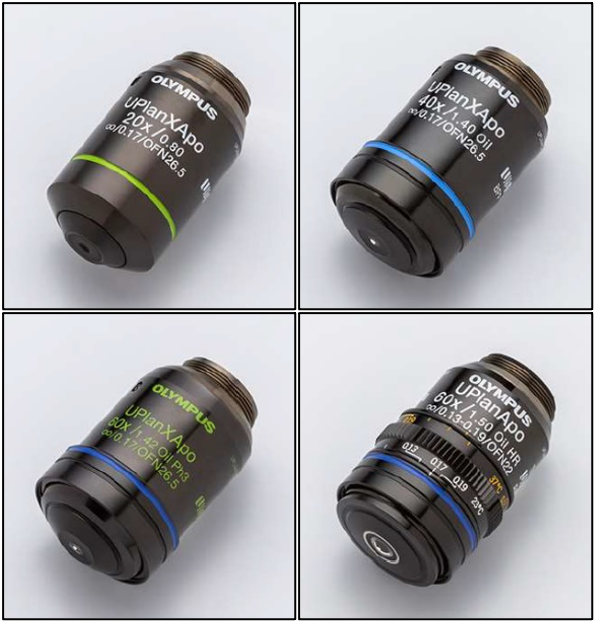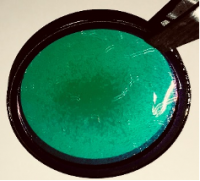Do you have an old microscope, a limited budget, or possibly new research applications on the horizon? Perhaps you simply need to squeeze better performance out of your microscope for existing applications or wish to repurpose your system for a new research program? Your old workhorse may still have plenty of “giddy up” left to help you across a short-term budget gap.
Here are five tips to extend the life of your microscope and push its performance further without breaking the bank:
1. Preventative Maintenance
This is often relatively easy and inexpensive. A qualified microscope service technician can clean your optics, apply fresh lubrication, and repair or replace broken components on-site. In severe cases, many service companies can perform a full microscope overhaul in their shop. If you’re not sure who provides service in your area, submit a support request at www.olympus-lifescience.com/technical-support-request to obtain contact information for your local Olympus Authorized Microscope Service Dealer.
2. Upgrade Your Objectives
If you own an older infinity-corrected microscope it’s likely the manufacturer has made significant optical improvements since your original purchase. New Olympus optics (and many other components, for that matter) are compatible with BX and IX microscopes dating back to the early 1990s. Replacing your outdated “workhorse” objectives with the latest generation optics can yield impressive results. And if you’re acquiring digital images you should see improvements in resolution, color rendition, and intensity evenness across the image. Olympus’ X Line objectives, for example, break new ground for numerical aperture, chromatic correction, and field flatness. To identify whether your old optics are infinity corrected, just look for the “∞” infinity symbol on the barrel. If you’re uncertain, consult your local microscope specialist.
3. And About That Old Digital Camera…
By now most IT departments have mandated upgrading Windows PCs to Windows 10. Depending on the age of your system, that may make your old digital CCD camera (or perhaps digital SLR?) obsolete. If it’s been a while since you last shopped for a microscope camera, our application-based camera finder could help you with our educational material to refresh your understanding of current camera technology when you upgrade your camera. Then contact your local Olympus representative to discuss your applications so they can provide recommendations on appropriate camera options.
4. Replace Old Fluorescence Filters
Older fluorescence filters (soft-coated or laminated filters) will diminish in efficiency within a few hundred hours of exposure to high-intensity light. Furthermore, over time they can burn or delaminate, becoming even less efficient and potentially shifting their spectral transmission characteristics.
Current filter manufacturing technology has virtually eliminated “wear out” and burn out problems. If you know how, you can easily pull your fluorescence filter cube or slider from your microscope and, by tilting it at an angle, inspect your excitation and emission filters for signs of wear. You can also ask your local Olympus representative to examine your filters and make recommendations. (This image was digitally enhanced to highlight the burned-out center area.)
5. A Motorized Stage Enables Multi-Position Imaging with a Manual Microscope
Upgrading to a motorized stage and companion software will greatly expand your capabilities for well plate imaging or tiling applications. Olympus cellSens™ software with its Well Plate Navigator and/or Stage Navigator modules enables multi-well imaging or multi-position tissue imaging and tiling.
When your imaging applications do not justify purchasing a sophisticated high-volume system, such as the Olympus scanR HCS imager or VS200 research slide scanner, a motorized stage upgrade combined with other automation options may offer significant utility improvement.
There are many ways to squeeze more value out of your existing microscope investment. A little TLC from a trained service technician, some new optics, replacement fluorescence filters, or upgrades to subsystems such as cameras and stages can offer an economical alternative until a new microscope is within your budget limits.
Stay tuned! More practical tips are to come in this microscope improvement blog post series!
Related Content
3 Advantages of Using X Line Objectives


